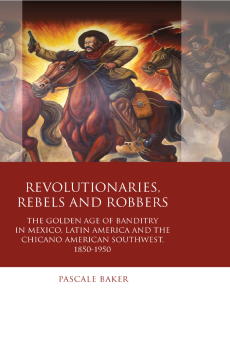
Additional Information
Book Details
Abstract
This volume delivers a comprehensive study of banditry in Latin America and of its cultural representation. In its scope across the continent, looking closely at nations where bandit culture has manifested itself forcefully – Mexico (the subject of the case study), the Hispanic south-west of the United States, Argentina, Brazil, Venezuela and Cuba – it imagines a ‘Golden Age’ of banditry in Latin America from the mid-nineteenth century to the 1940s when so-called ‘social bandits’, an idea first proposed by Eric Hobsbawm and further developed here, flourished. In its content, this work offers the most detailed and wide-ranging study of its kind currently available.
Contents
Introduction: The Idea of a Golden Age of Latin American Banditry 1850-1950
1. The Figure of the Bandit in History, Culture and Social Theory
2. Mexico: The Myth of the Bandit Nation
3. Mexico’s Classic Bandit Narrative: Los de abajo
4. Beyond Mexico I: Bandit Cultures in Latin America
5. Beyond Mexico II: Chicano Bandit Cultures
Conclusion
